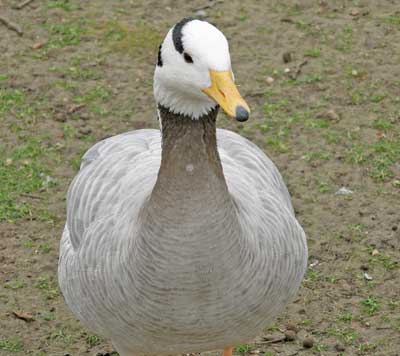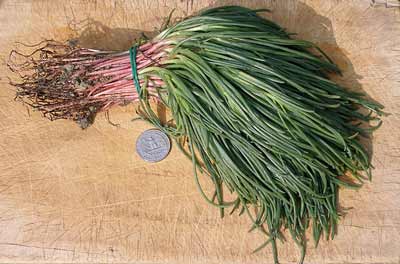A high quality hazelnut from Spain, usually kiln-dried to make it keep well, often used in nougats.
Surf clam. A large, ovoid clam, anything up to 15 cm (6 inches) across, with a yellowish-white shell with brown zig-zag markings, found in abundance in deep waters off the eastern coast of North America and South East Asia. This is most often cooked as one ingredient as part of a dish with many ingredients or in tinned, prepared dishes.
A bar cookie is the name given in North America to a baking tray of soft dough mixture which is cooked in a block, cooled and then cut into shapes (bars, diamonds, squares) afterwards, such as shortbread.
To lard, larding. To cover the breast of a bird or a piece of meat with strips of uncured bacon to add moisture while roasting. Rashers of bacon can also be laid inside the lining of a pâté dish or terrine before filling with the mixture. These are usually removed before serving.
A sad soul who hangs around bars. A person who can’t keep out of a bar, like a fly attracted to a hunk of meat.

A goose with grey body feathers and a white neck and head with two pronounced black bars on the head. A native of high central Asia.

Monk's beard, increasingly well known as agretti, is a thin, wild spring grass, a saltwort type of chicory, looking like a cross between samphire and tumbleweed, mainly used in northern Italy though it will grow almost anywhere. It has a bitter flavour, bearing some relation in texture and taste to samphire, succulent and pleasantly resistant to the bite, and is eaten raw, blanched for seconds and dressed, or stewed in olive oil. It is also a useful addition to salads. It has a very short season which seems to be quite specifically five weeks in spring. Only the leaves are eaten as the texture of the stems is rubbery. The flowers are not eaten. It needs to be well washed as it is inclined to harbour dirt.